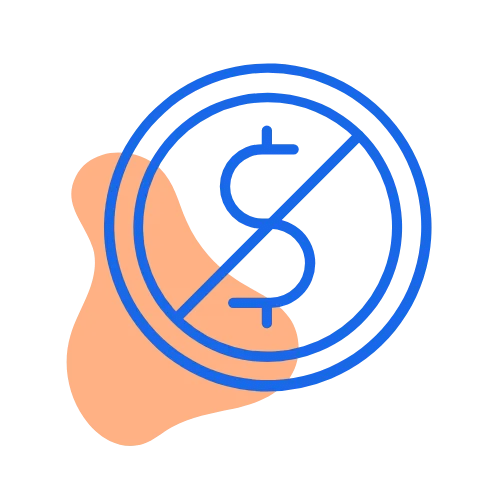Money Comparison
Money Finder™ will help you compare products, grow your wealth and take control of your money today.
We’re a free service, completely independent and not owned by any bank or lender. You can compare with confidence knowing our reviews are unbiased and based on extensive research by our in-house experts.





















Hi Stacey, your credit score can change based on a few things: applying for credit, making repayments, missing repayments, defaulting on debt or declaring bankruptcy (and some others). It also depends which of your financial institutions report to which credit reporting bureau (Finder uses Experian). An unchanging credit score is not a bad sign, although I understand it can be frustrating if you’re trying to improve it.
Can I Zippay a flight from here? I need to be in NY next week on the 10th of Sept.
Hi Joanna,
Thank you for contacting Finder.
Yes, you can use your Zippay account to pay for your flights. You may refer to our list of sites accepting Zippay for flights. On the same page, you may read about the other sites offering book now and pay later payment options.
I hope this helps.
Please do not hesitate to reach out again to us if you have additional questions.
Cheers,
Ash
How to remove restricted card
Hi Ravi,
Thank you for leaving a question.
Depending on the restriction given on your card, you may have this clarified with the provider as to the details of the restriction. Once you have this information, you may check on options to lift the restrictions based on the policies given by the provider. Hope this helps!
Cheers,
Reggie
Could you please provide a list of non conforming lenders and there interest rates ?
Thanks
Hi Bel,
Thank you for getting in touch with Finder.
Since you are looking for non-conforming lenders and their rates, please refer to our list of non-bank lenders in Australia. You can also refinance with any of the lenders in the comparison table. To help you, please enter the amount you’d like to borrow, and your preferred term then press “Calculate”. If you like to see the side-by-side comparison between brands, just click the “compare box” below the brand’s logo.
Please click the name of the lender or the “More info” link to be redirected to our review page and learn more about the lender’s loan offer, rates, and requirements as well as the pros and cons of using their loan service. When you are ready, you may then click on the “Go to site” button and you will be redirected to the lender’s website where you can proceed with the application or get in touch with their representatives for further inquiries you may have.
Before applying, please ensure that you meet all the eligibility criteria and read through the details of the needed requirements as well as the relevant Product Disclosure Statements/Terms and Conditions when comparing your options before making a decision on whether it is right for you. You can also contact the provider if you have specific questions. Alternatively, you can speak to a mortgage broker who can take your personal circumstance into account and offer you a range of borrowing options.
I hope this helps.
Have a great day!
Cheers,
Jeni
I wish to buy $50 AUD gift card online. How do I do that? I want a code to send to a friend overseas.
Hi Neil,
Thank you for getting in touch with Finder.
Since you wish to buy a 50AUD-gift card online, you may want to check our list of gift cards on sale as well as our page on book gift cards and vouchers. Sending the code to a friend overseas might be a challenge so I suggest that you check if the country that your friend is situated in now can redeem the gift card that you are sending him/her.
I hope this helps.
Have a great day!
Cheers,
Jeni